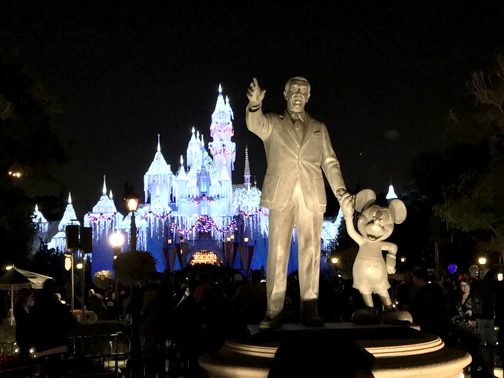
By Charly SHELTON
Twelve cases of Legionnaires’ disease in people ages 52-94 were traced to Anaheim at the end of last month. Of these eight had visited Disneyland and one was a cast member of the theme park. Exposures ranged between Sept. 12 and Sept. 27. Immediately upon notification of the increased number of cases on Oct. 27, Disneyland jumped into action.
“Upon being notified by the Orange County Health Care Agency (OCHCA) about the increased cases of Legionnaires’ disease in Anaheim, we worked closely with healthcare officials to see if there were potential areas of concern,” stated Dr. Pamela Hymel, chief medical officer for Walt Disney Parks and Resorts, in a release.
Legionnaires’ disease is a bacterial infection from ever-present bacteria that only becomes dangerous and infectious when it grows and spreads in a man-made water system. The bacterial infection is then spread through inhalation of water droplets, and is not communicable from person-to-person. Most people who inhale the droplets are fine, but in individuals with compromised immune systems, chronic lung problems or the elderly, it can set on with symptoms like pneumonia and possibly turn deadly.
“We reviewed our water quality testing data, including testing performed by our third-party water quality maintenance contractor, and learned that two cooling towers had elevated levels of Legionella bacteria,” Dr. Hymel said. “These towers were treated with chemicals that destroy the bacteria and are currently shut down to further eliminate any ongoing concern. We have proactively shared this information with OCHCA and, given our actions, they have indicated there is no longer any known risk associated with our facilities.”
The swift response that Disneyland employed to ensure no further spread is thanks to cooperative communication, Dr. Hymel said. This is always important when dealing with any institution, but even more crucial when managing as crowded a location as the happiest place on Earth.
“We have always had cooperative relationships with health agencies on which we rely for information and guidance to help ensure that our safety procedures and protocols are current and effective, and we will continue to work closely with them,” Dr. Hymel said.

